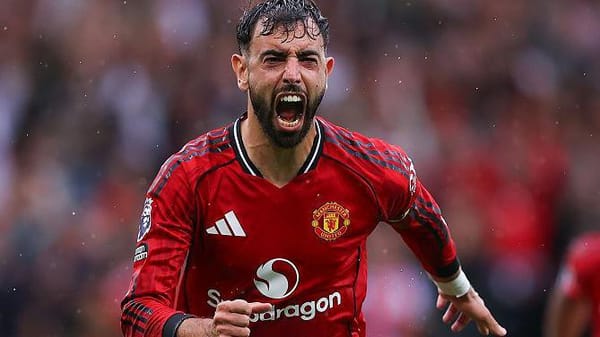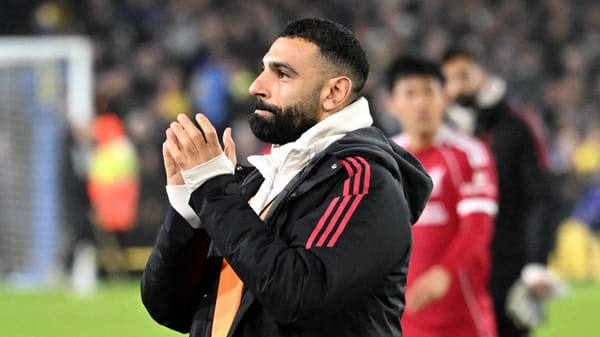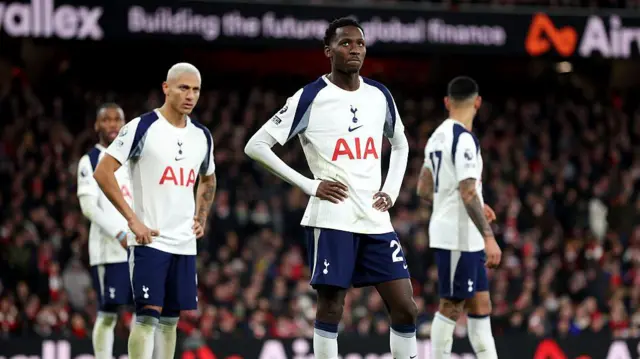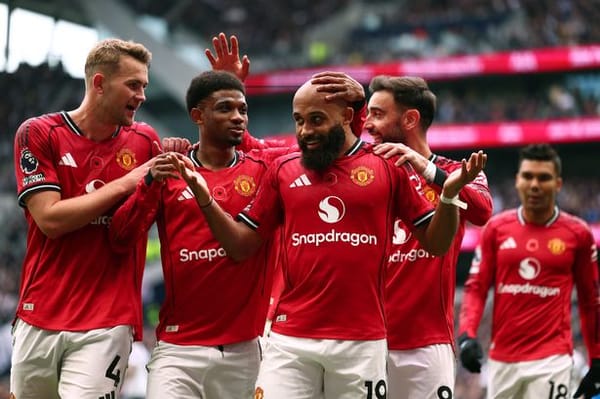"If you're good enough, you're old enough". Why are football clubs recruiting younger?

EURO 2024 highlighted the prominent role that young players have in football today. The likes of Musiala, Yamal and Williams were balling out during the tournament and provided the spark needed to keep audiences engaged. It seems as though football as a whole has decided to move towards playing more young, players as the sport moves towards prioritising dynamism rather than the slower possession style of football.
🚨🥇 Best Young Player of the Tournament: Lamine Yamal. ✨ pic.twitter.com/Qde3IqteAl
— Fabrizio Romano (@FabrizioRomano) July 14, 2024
The average age of player recruitment varies across Europe's top 5 leagues. Given recent transfer activity, it seems as though these teams are favouring signing players in 2 classes: players for now and the future and players for the future. This definitely the case when we look at Brighton & Hove Albion's transfer strategy. Brighton's owner Tony Bloom owns a data company which the club use worldwide data from to evaluate potential signings from around the world. They use a traffic light system for player scout reports and this filters through to the football structure (e.g. Director of Football, Head of Recruitment) who then make decisions on who to sign. Another tweak to their recruitment system is that players are scouted by position not region, as is customary across most clubs. This has been helpful because scouts have been able to focus solely on players in one position which makes it easier to make a shortlist. Brighton are an attractive destination for young players because they are able to offer started minutes to these starlets and can offer more salaries than foreign clubs like Benfica and Valencia. Brighton's model is designed with sustainability and succession plans in mind which makes it so successful.
On the opposite end of the scale, Chelsea have been recently recruiting very young players but have so far had limited success with this strategy. Todd Boehly's consortium would argue that many young players as an opportunity to make profit by flipping these players. This strategy is understandable and is smart business but only if they can pull it off. They have signed so many young players who many fans wouldn't have heard of. Players like Deivid Washington, Diego Moreira and David Datro Fofana have been signed by Chelsea in the past couple of years and most of them haven't broken through to the point where their stocks have risen. So how do Chelsea get these players' stocks rise? I guess the best way is to tailor loan deals for these young players so that they are put in an environment where they are best suited to perform to their potential. These loan deals are a great way to attract interest from other clubs so that the parent club is able to flip these young players for profit. A recent example of this working out for Chelsea is with Ian Maatsen who recently secured at £37.5 million transfer to Aston Villa after impressed in his loan move at Borussia Dortmund. Whilst in Germany, Maatsen contributed 3 goals and 2 assists across all competitions and was an integral part of the team that made it to the Champions League final.
These two examples highlight the pros and cons of recruiting young talent, if it is done properly. I believe that this trend will continue and we may start to see footballers retire at younger ages as they would be starting their professional careers between the ages of 16-18 years old. It has been continuing in this current transfer window with moves like Leny Yoro to Manchester United and Savinho to Manchester City. Let's see who else will be making big moves for young talents this summer!
💌 @RioFerdy5 🤝 @Leny_Yoro
— Manchester United (@ManUtd) July 18, 2024
#MUFC pic.twitter.com/A5b2GfYKRI
Talk soon!



